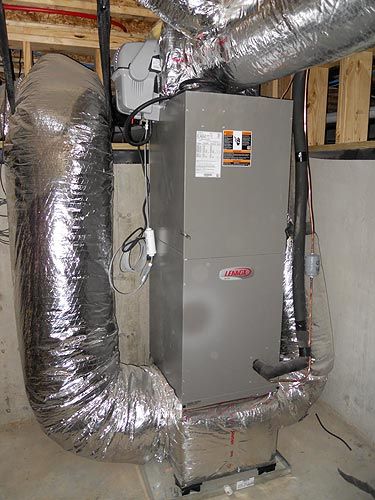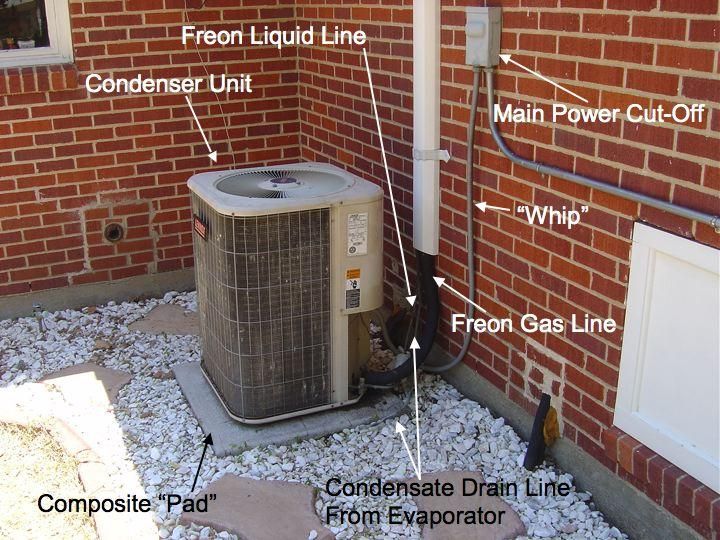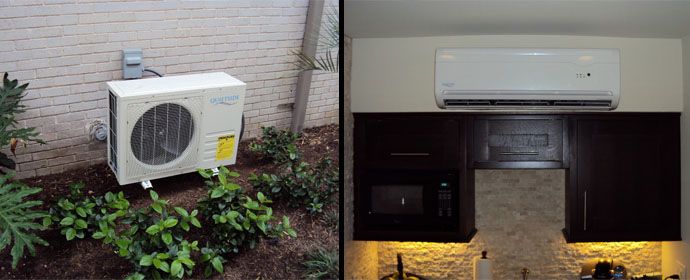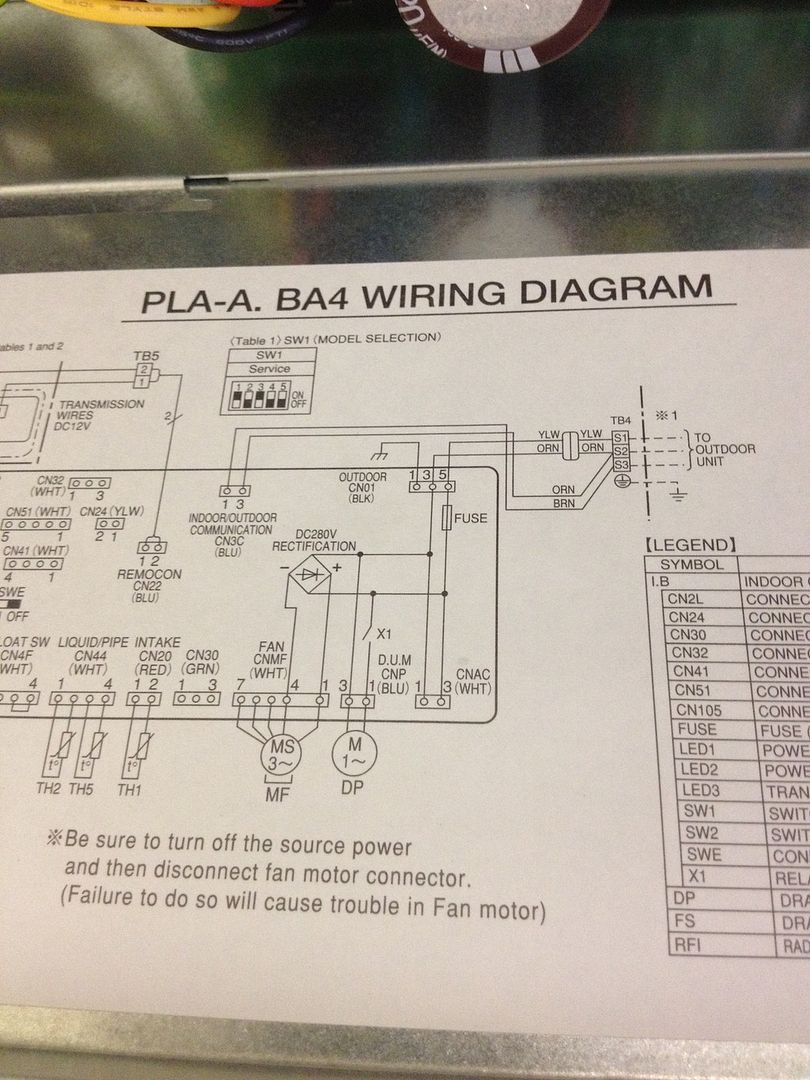kwired
Electron manager
- Location
- NE Nebraska
First LOTO is not a topic covered by NEC. LOTO is often required by safety policies for items NEC doesn't specifically require locking capability on.Every Nema 3R disconnect I have installed for the outdoor unit of a minisplit had a padlock hole, so when locked, the indoor unit has NO power going to it. Isn't that what LOTO means?
So those still arguing appliance terminology does not alter need for a disconnect, what do you use for disposals, dishwashers and ovens?
NEC does require disconnecting means within sight of motors and within site of motor controllers, also has requirements for disconnecting means for appliances. Some of the debate here is which section applies as the requirements do vary some. If the inside unit is indeed an art 440 covered item - there is no exceptions there needs to be a disconnecting means within sight of or on the unit. If it is covered by 422 there may be conditions or allowances that allow the branch circuit device (even if not within sight) to be considered the disconnecting means. I don't think 430 applies unless 422 or 440 happens to send you there for the topic in question.





